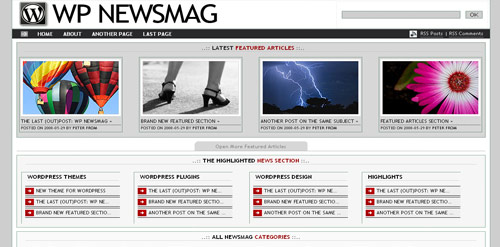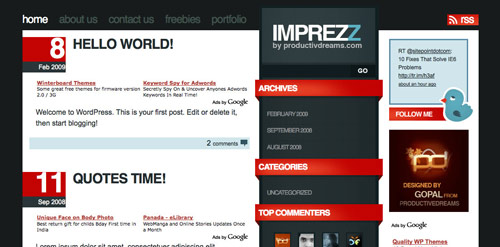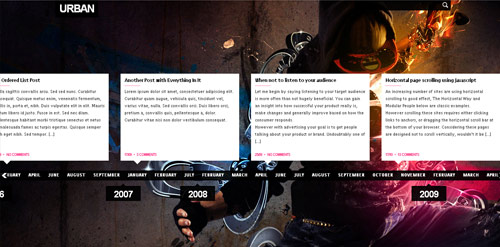This only applies if you write recipes online and care about how many people visit your site. Otherwise, move along.
About a fortnight ago, Google released Recipe View in the US and Japan, a new way to trawl through their index for food preparation. When searching for a recipe online, most people type one or more of the component ingredients then hit the search button, which ends up with poor results. Most people who type “turkey” into the maw of Google don’t want to know what or where turkey is, just how to appropriately deep fry one. For example, the spike in searches for turkey on Thanksgiving isn’t the result of a seasonal interest in Byzantine vacations.
So to rectify this parlous state of affairs, they released Recipe View.
The practice of displaying rich snippets of information in Google search results has been around for about two years, so it was only a matter of time before it came to recipes and food blogging. The problem at the moment is that most of the results for Google Recipe View are trash: they’re stacked with the big recipe sites that scraped a good deal of their early content from the old Usenet archives because smaller sites (and most food blogs) don’t use the hRecipe format unless they’re run by an interminable data nerd.
What to do about it.
If you do write recipes and you use Blogspot, it might be a good time to consider your options. If you happen to use wordpress, I recommend the freshly-released Recipe SEO plugin or the older, and slightly less user-friendly hRecipe plugin. They’re both simple to use to appropriately format your content. With any luck (and the impending global rollout of Recipe View), you’ll pick up a few readers who would otherwise miss you.









